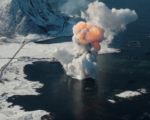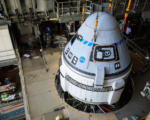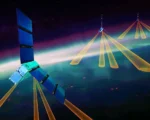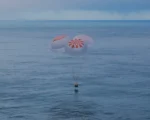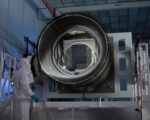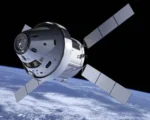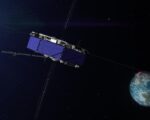NASA astronauts Barry Wilmore and Sunita Williams, along with NASA’s Nick Hague and Russian cosmonaut Aleksandr Gorbunov, began their journey back to Earth on March 18, 2025, aboard the SpaceX Crew Dragon capsule, Freedom. Their departure from the International Space Station (ISS) marked the start of a journey that would take them home after an unexpectedly extended stay. Originally scheduled for a short-term mission, the tenure of Wilmore and Williams stretched into an extraordinary nine months, due to technical concerns with the Boeing Starliner spacecraft that had initially ferried them to space. Their return marks a significant milestone in human spaceflight, completing one of the longest space missions by astronauts launched aboard Boeing’s Starliner.
Descent and Splashdown Operations
The descent operations for the returning crew were slated to begin at 4:45 p.m. EDT, with the SpaceX capsule Freedom set to perform a deorbit burn at 5:11 p.m. EDT. This crucial maneuver would initiate the process of re-entry into Earth’s atmosphere. Splashdown, where the capsule would land in the Gulf of Mexico off the coast of Florida, was expected to occur about 46 minutes later. NASA had prepared recovery teams near the designated landing zone, ensuring that the astronauts would be promptly retrieved after landing. This marks the conclusion of an unplanned but productive mission, demonstrating both the resilience of the astronauts and the adaptability of the mission’s logistics.
Reflecting on the Extended Stay
Throughout the mission, the crew, led by Commander Nick Hague, expressed deep gratitude for the unique opportunity to live and work aboard the ISS. Hague emphasized the international collaboration that made the mission successful, praising the contributions from space agencies across the globe. Both Sunita Williams and Barry Wilmore reflected on the unexpected duration of their stay, acknowledging that despite the challenges, their time in space provided them with the chance to contribute to significant scientific research and further operations on the ISS. The delay in their return due to the Starliner spacecraft’s technical concerns had not only extended their mission but also led to a deeper exploration of their scientific objectives.
The Future of Space Travel
As the crew made their way back to Earth, NASA broadcasted the re-entry and splashdown procedures live, offering the public a chance to witness the culmination of the mission. Recovery operations were conducted immediately upon landing, ensuring that the astronauts received the necessary medical assessments and debriefings. Their safe return also marked a critical step in NASA’s ongoing evaluations of commercial spacecraft, particularly regarding the performance of SpaceX’s Crew Dragon and Boeing’s Starliner. This mission and its results will help shape the future of long-duration space travel, informing future missions, spacecraft design, and strategies for human exploration beyond Earth.



